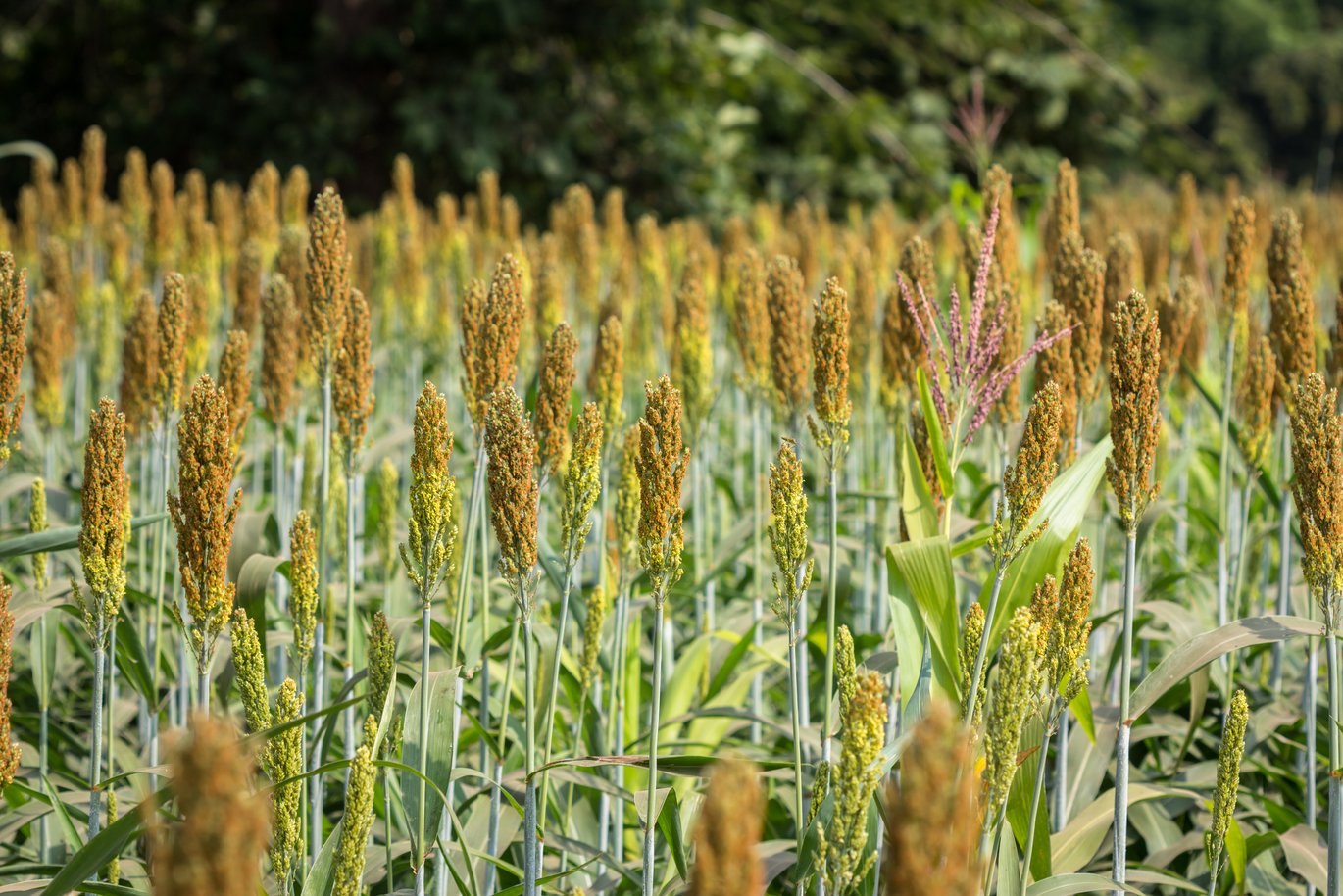When was Fertilization Invented?
The transition from hunter-gatherer culture to arable farming constitutes an important area of research in prehistoric archeology. This also applies to the question of cultivation intensity: when did people start using livestock manure to increase yields? And can it be measured on the charred kernels found at archeological excavations? A research collaboration between archeology and agroecology shows that it can be measured paving the way to find when agriculture as we know it started.

It is possible to date prehistoric kernels by using the C-14 method to determine their archaeological age, now researchers have also found a method that can demonstrate whether livestock manure was used in the cultivation of grain and millet. Thus, archaeologists now have a tool that can help shed light on the cultivation intensity of prehistoric agriculture.
“It started with the a completely different project, where we observed that grain grown in soil fertilized with livestock manure in the long-term fertilizer experiments Askov had a content of the stable 15-N isotope that was significantly higher than what we found for grain from unfertilized and commercially fertilized soil,” explains Professor Bent Tolstrup Christensen from the Department of Agroecology at Aarhus University, and continues: “This led us to the idea that we could use the 15-N content of C-14 dated kernels from archaeological finds to see if the crops at the time of cultivation had received livestock manure. From an archaeological point of view, it is quite interesting.”
The nitrogen content is the telltale
In the same way that researchers can use C-14 to date prehistoric finds, researchers from Agroecology in collaboration with researchers from Oxford have, based on long-term cultivation experiments in Askov, found a method that can show whether prehistoric crops have been cultivated using of livestock manure. It can be measured by determining the ratio between the naturally occurring nitrogen isotopes 14-N and 15-N in the kernels or seeds.
“The nitrogen isotope 14-N makes up the vast majority of the nitrogen that surrounds us. But there is also a slightly heavier version, the 15-N isotope. Because it is heavier, it is, popularly said, slightly lagging behind in the biological and chemical processes in which nitrogen is involved. This means, among other things, that livestock manure has a higher content of 15-N than the feed the animals eat. When the livestock manure is applied, the higher level of 15-N is transferred to the soil and the crops that grow on the soil,” says Bent Tolstrup Christensen.
Agroarchaeology
In a previous PhD project emmer, spelt and barley were grown in order to confirm the observations about the difference in the 15-N content between plants from unfertilized, commercial and livestock fertilized experimental plots. These cereals were the first to be used in prehistoric agriculture in Northern Europe.
"The experiments showed a strong influence on the 15-N content when the crops were grown with livestock manure," says Bent Tolstrup Christensen, who has chosen to call the research field agro-archeology. A crossroads between agroecology and archeology.
Can also be detected in millet
Although emmer, spelt and barley are extremely relevant in a Danish agricultural historical perspective, these cereals have not been grown for as long as e.g. millet that was part of prehistoric agriculture elsewhere in the world.
“Recent studies from China have shown that millet cultivation can be traced back more than 10,000 years. Therefore, we would like to confirm whether the 15-N content of millet is also significantly affected when livestock manure is added,” says Bent Tolstrup Christensen.
It turned out that millet behaves in the same way as the old grains.
"And it is interesting, because now we have the opportunity to shed light on the transition from the hunter-gatherer stage to a more intensive agricultural culture by looking at whether the prehistoric millet seeds have been fertilized or not," says Bent Tolstrup Christensen.
Also works on charred seeds
The measurement of 15-N content in both cereals and millet kernels was carried out in contemporary crops grown in the experiments in Askov.
"But the kernels found in archeological excavations are partly charred, otherwise they would have been eaten a long time ago," says Bent Tolstrup Christensen.
“Therefore, we investigated whether there was a difference in the 15-N content in fresh kernels and in kernels that we had charred in different ways in the laboratory. And it turned out that there was no difference, "says Bent Tolstrup Christensen, and continues:" We therefore have great confidence in the method, even when it is applied directly to charred kernels from archaeological finds.”
Bent Tolstrup Christensen would also like to emphasize that such interdisciplinary collaborations can not only lead to new realization and new ways forward, but that it is also extremely rewarding to be a participant in such a collaboration. The learning curve is almost exponential when you throw yourself into a new research area.
Additional information | |
We strive to ensure that all our articles live up to the Danish universities' principles for good research communication (scroll down to find the English version on the web-site). Because of this the article will be supplemented with the following information: | |
| Collaboration: | Department of Agroecology at Aarhus University, Shandong University and the University of Oxford. |
| Funding: | Department of Agroecology |
| Conflict of interest: | None |
| Read more: | The publication "Manure for millet: Grain δ15N values as indicators of prehistoric cropping intensity of Panicum miliaceum and Setaria italica" is published 2022 in Journal of Archaeological Science, 139, 105554. It is written by Bent Tolstrup Christensen, Johannes L. Jensen , Yu Dong and Amy Bogaard. |
| Contact: | Professor Bent Tolstrup Christensen, Department of Agroecology, AU-Foulum, Aarhus University. Email:bent.t.christensen@agro.au.dk |
